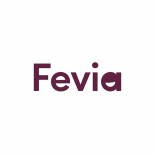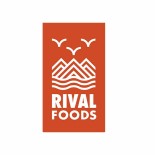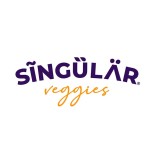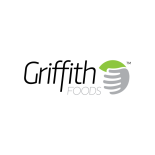Thirteen tips to prevent water waste in your business or at home
Rethink your habits and the use of products like (beef) meat, soft drinks, table linen and cut flowers
Last month we featured Untouchable René Mathieu of la castle restaurant La Distilerie (5 radishes) in Luxembourg. René raised the question: “Why do we use precious drinking water for purposes other than our own?” A great question, water consumption will increasingly become a hot topic in the hospitality industry in the coming years. In Southern European countries, there are already serious shortages in the summer months and rations are being introduced. This means that restaurants and hotels may be forced to use less water or have to pay more for it. It is expected that other countries also have to deal with this in future as a result of climate change. What to do?
The problem, says Mathieu, is that tap water is cheap. People tend to be more enthousiastic about working in a more sustainable manner if it means saving money at the same time. Good news, it is worth taking a closer look at your water consumption, because an average restaurant spends around €5,000 on tap water each year. Sustainable gastronomy expert Sheila Struyck collected 13 tips from experts, that can be easily applied. Or at least tested.
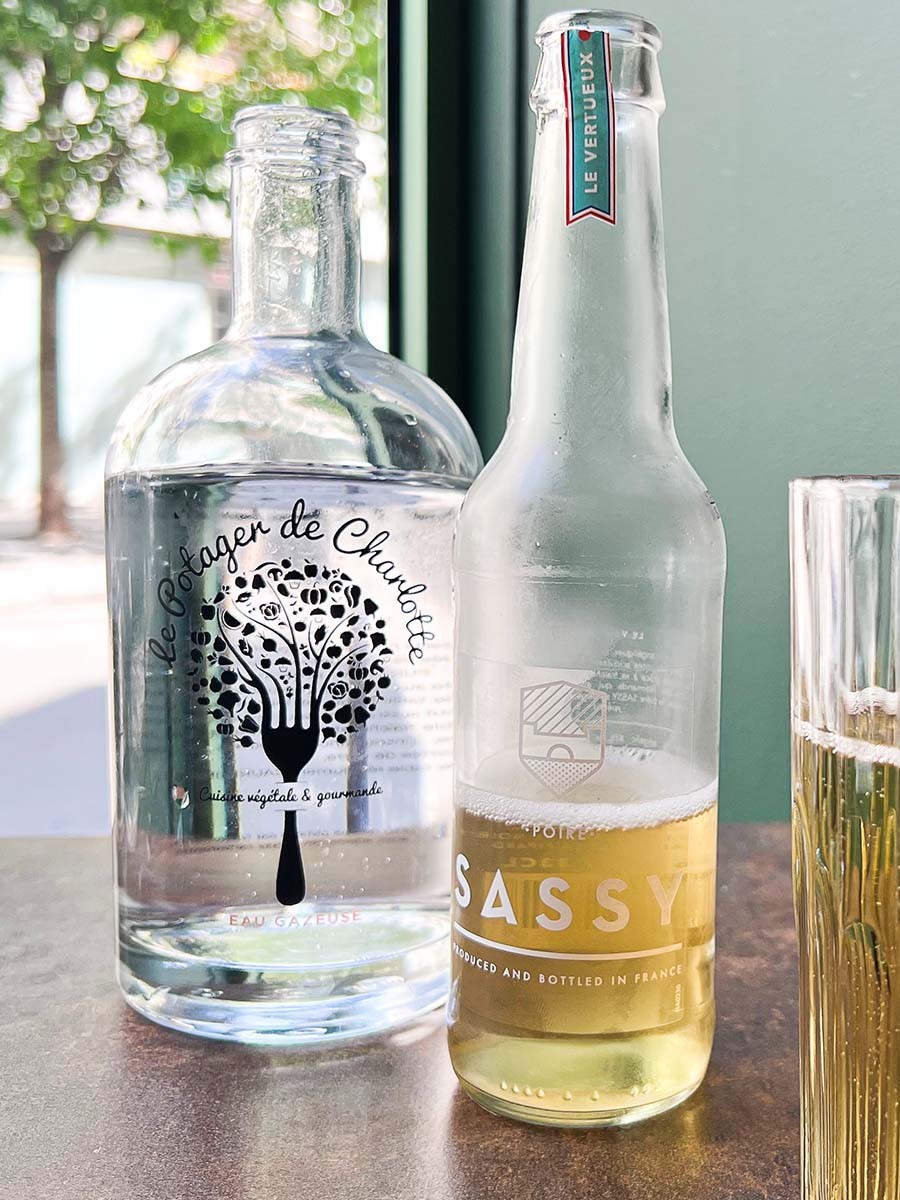
THIRTEEN TIPS
In the kitchen
TIP 1 : Review your cooking habits
Is it really necessary to put blanched vegetables in ice-cold water and cool eggs under a running tap? You can also steam for instance broccoli on a small layer of water, then evaporate and cool in a sieve. Of course, keep an eye on the time and blanch a little shorter than you are used to.
TIP 2 : Don't throw away the taste
Don't throw away the water used for cooking, but use it as a base for the stock or a sauce. The water from the broccoli already has flavour, colour and vitamins. You can use pasta water to thicken a sauce, the starch is already nicely activated.
TIP 3 : Take a critical look at your pans
Do they really need to be washed after every action? Or can you use the flavour of the fried onion in the pan in your next preparation?
TIP 4 : Dosing and reducing
Rice does not need to be cooked in a large amount of water, you can probably use half. Just fill the pan with 1.5 cm water above the rice. After two minutes of a rolling boil –which is achieved much faster with less water– remove the pan from the heat, cover with a lid to steam dry. Saves draining and energy. And a place on your stove.
TIP 5 : Cooking pasta in the sauce
Consider cooking the pasta in the sauce instead of in water, like Jamie Oliver advocates in his book one pan. It saves boiling water, and a pan in the washing up. It takes some getting used to the timings, but I honestly think it tastes better, the sauce is completely absorbed.
On the menu, at the bar and at the table
TIP 6 : Eighty-twenty
With less meat and fish in your dishes and more beans and vegetables on the menu, you immediately reduce the indirect water usage. For example, research by Deloitte with Joris Bijdendijk of Rijks in Amsterdam (5 radishes) showed that in addition to mushrooms and juices and drinks, beef, pork and butter are the highest water consumers on the ingredient list.
TIP 7 : Stop dragging water around
Less noticeable on your bill, but still on your footprint: start serving home-made soft drinks made with syrups or tisanes. This prevents transporting water across the globe. In addition, you help reduce the amount of plastic or glass, which also requires a lot of water to produce. Serve your own filtered tap water in beautiful bottles, with or without carbonation, like Le Potager de Charlotte (3 radishes) in Paris.
TIP 8 : Less wineglasses on the table
Does a service really require so much glass changes. Can you offer the customer the option to pour the next wine into the same glass, as was the custom in the past. Simply add a drop of the next wine, swirl, swig and continue. Remember, washing a 100 ml water glass uses 200 ml of water.
TIP 9 : Skip the table linen
Is a starched tablecloth really necessary for the experience these days? Leaving it out saves costs and a lot of washing. And as for napkins, that white damask quickly becomes no longer white after washing. With a pattern they last longer, although of course you wash them just as often.
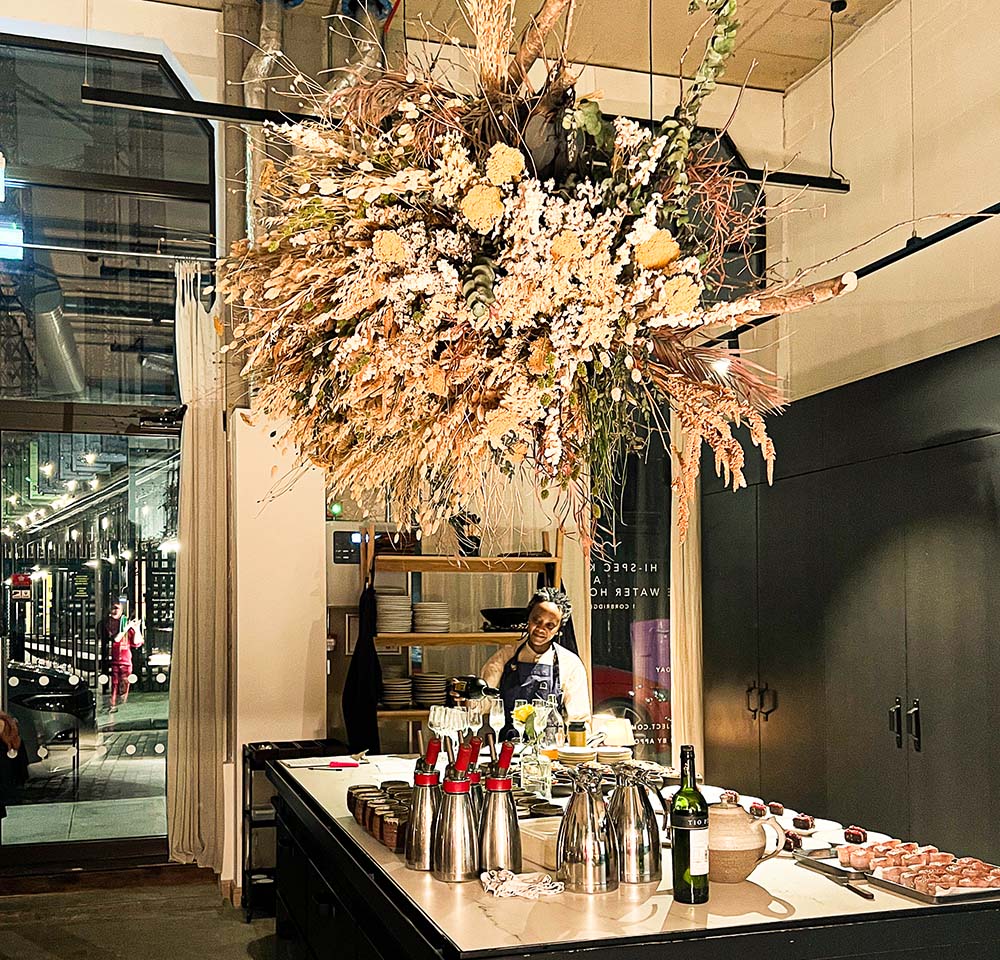
Artful flower display at Water House Project : photo credits - Sheila Struyck
TIP 10: Stop buying flowers from greenhouses or far away
Of course, fresh flowers look great on the table. But it takes a lot of water and energy to grow them. You also have to water them ánd rinse the vases. Ask the chef to bring wild flowers when going out foraging. Consider beautiful silk flowers. Or artistic decoration pieces with dried grasses like at Water House Project (4 radishes) in London. Why not decorate with perennials or fresh herbs?
Washing up and cleaning
TIP 11 : Less washing up
Can you use less water when washing the dishes? First is reduce the number of dishes per table. What doesn't get dirty doesn't have to be cleaned. You can ask guests to continue using cutlery during their meal, by placing a knife rest next to the plate.
TIP 12 : Full load
Only run full and soaked loads. An obvious one perhaps, but first do a good scrub, then let everything soak instead of rinsing under running water. Only wash full baskets.
TIP 13: Smart scrubbing of the kitchen
Does the tap have to be wide open for every action? Can you collect the water and reuse it as grey water? Can you do a dry cleaning first?
Read the full interview with René Mathieu
